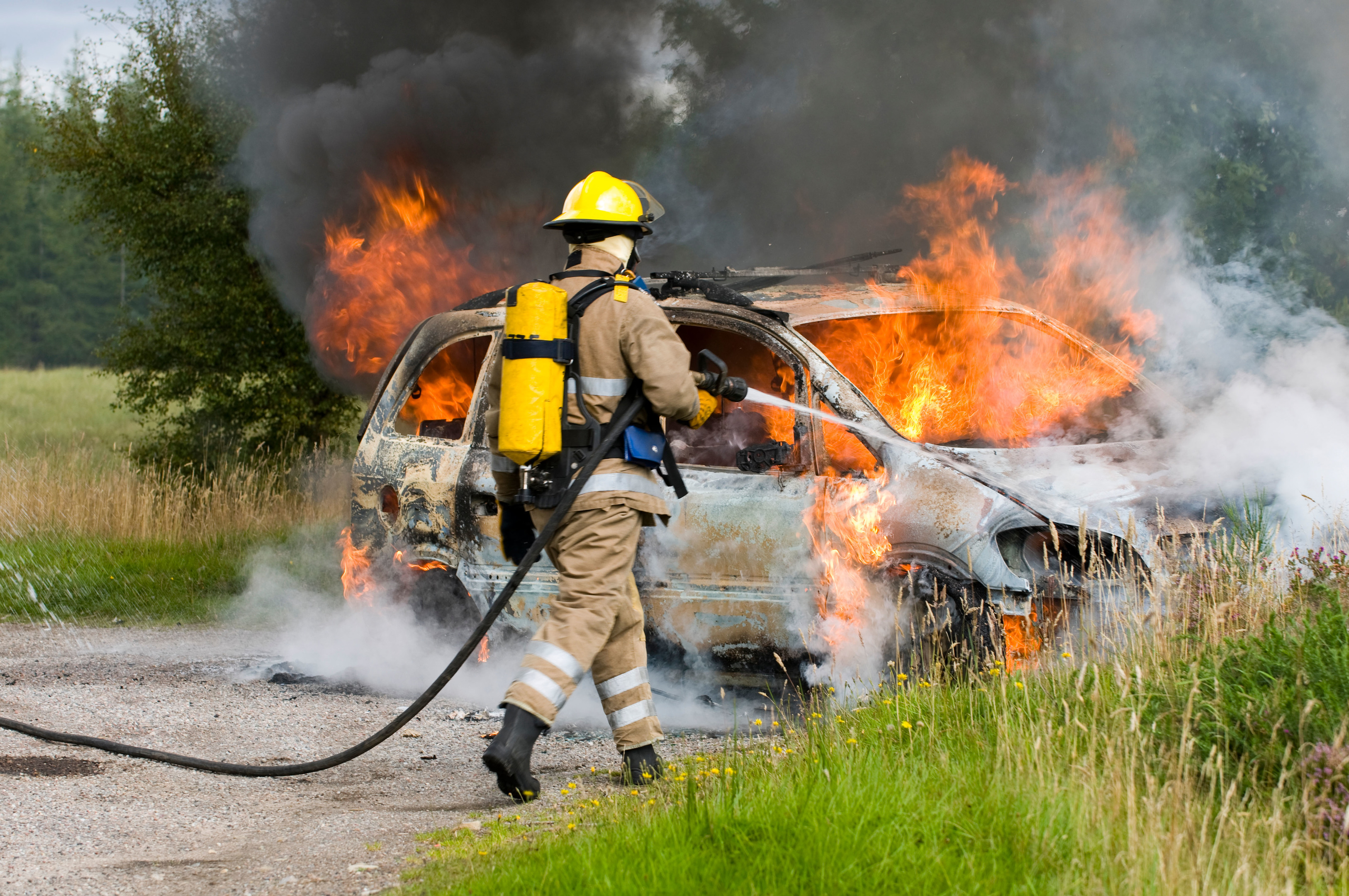
TAXPAYERS’ cash will be used to promote Gaelic in Scotland’s fire service – despite a shortage of firefighters and equipment in some regions.
The Scottish Fire and Rescue Service plans to introduce a raft of measures to promote the language.
They include proposals to teach firefighters how to speak Gaelic, changing signs to include translations and promoting the use of Gaelic in the workplace.
However, some frontline workers are furious at the move which comes at a time when the service is taking life-saving defibrillators from some areas to ensure adequate coverage elsewhere.
The service is also desperately trying to recruit hundreds of firefighters to protect rural communities.
Critics have said money spent promoting Gaelic is a poor use of resources at a time when the service is under huge financial pressure. Eben Wilson, of campaign group Taxpayer Scotland, said: “When it comes to priorities, this seems wildly over the top.
“It’s not just the changeover costs but think of the meetings and future overheads of maintaining this.
“You have to wonder, if the budgets for language were given to all the Gaelic speakers in the country, would they choose to spend their taxes in this way? We doubt it.”
All public bodies and councils are required, under the 2005 Gaelic Language (Scotland) Act, to create Gaelic Language Plans despite the fact it is spoken by fewer than 90,000 Scots.
A draft plan drawn up by SFRS states that the majority of activities it plans to promote the language will be, or have already been, paid for using the fire service’s budgets. The document states SFRS plans to increase the profile and use of Gaelic in areas where 20% or more of the population “have Gaelic abilities”.
It also promises to create a positive attitude to Gaelic in the workplace through “awareness-raising and signage”.
The service will also look to increase opportunities for staff to learn Gaelic, ensure the language is increasingly visible and used in the workplace and in providing services to the public.
The service has said it is committed to supporting and encouraging staff to use their Gaelic language skills while carrying out their duties.
However, the moves come at a time when the service is under increasing financial pressure.
Last year the service said it would be forced to consider frontline cuts as it looked to address a £50 million funding gap. Now The Sunday Post can reveal the service is taking defibrillators from some areas and moving them elsewhere due to a shortage of the devices in some regions.
Chris McGlone, executive council member of the Fire Brigades Union Scotland, said a number of automated external defibrillators had been “identified for relocation”.
There will now be just one defibrillator per station whereas before some stations would have had defibrillators on several fire engines.
The fire service has argued the defibrillators being moved were “excess to requirement”.
Some 20 defibrillators will be taken from the Strathclyde area and 30 from the Grampian and Tayside areas and redistributed in the Highlands and Islands.
However, the fire service has said it will also allocate funds for more of the life-saving devices “in the next financial year”.
A SFRS spokesperson said the move would ensure all firefighters had the same access to defibrillators.
Scottish Conservative community justice spokesman Oliver Mundell said: “The fire service is under pressure financially, and it’s hard to understand why promoting Gaelic should be any sort of priority.”
The Sunday Post has also discovered that hundreds of firefighters are desperately needed to protect Scotland’s rural communities.
The Scottish Fire and Rescue Service has been running regular recruitment campaigns in an effort to plug the gaps in many retained stations across the country.
But the service is facing calls to relax its rules after statistics obtained by The Sunday Post showed there were still 362 vacancies across 120 stations.
In the Highlands, almost one in four retained firefighter posts is vacant and, in some parts, the shortages are so chronic that many units are regularly unavailable to respond to emergency calls.
For prospective retained firefighters to be considered, they must be available to respond to emergencies at least 60 hours a week for 48 weeks of the year for a little over £2000.
A SFRS spokesperson said it was required by law to detail how it would contribute to a sustainable future for Gaelic in Scotland.
Shona MacLennan, the chief executive of Bòrd na Gàidhlig, which promotes Gaelic, said the board encouraged public bodies to take a “proportionate approach to the preparation of Gaelic language plans and to integrate the use of the language wherever possible as part of their normal practices”.
She added: “In so doing public bodies can support and encourage the use of Gaelic at no or minimal additional cost.”

Enjoy the convenience of having The Sunday Post delivered as a digital ePaper straight to your smartphone, tablet or computer.
Subscribe for only £5.49 a month and enjoy all the benefits of the printed paper as a digital replica.
Subscribe